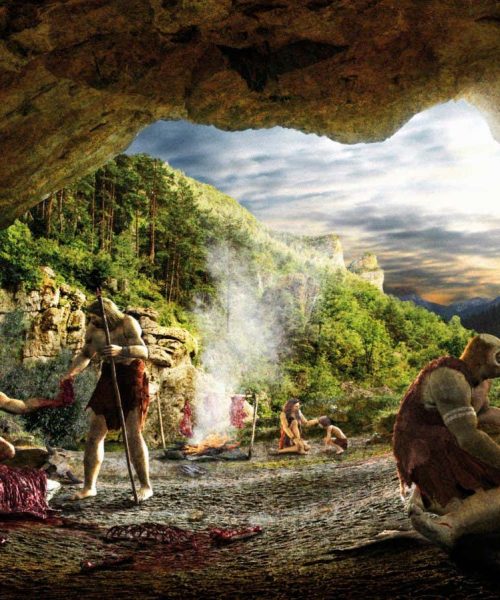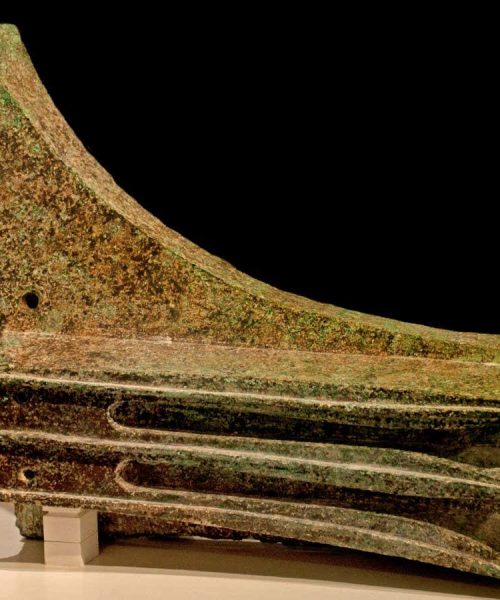
Researchers exploring the Umm Jirsan lava tube system in Saudi Arabia
PALAEODESERTS Project, CC-BY 4.0 (https://creativecommons.org/licenses/by/4.0/)
Archaeologists have found evidence of human habitation within lava tubes for the first time, in the deserts of northern Saudi Arabia.
Lava tubes are caves that form during a volcanic eruption. The surface of a river of lava cools and solidifies, while hot molten rock continues to flow beneath it. Eventually, lava drains out of the tube, leaving behind a tunnel.
Advertisement
Mathew Stewart at Griffith University in Brisbane, Australia, and his colleagues excavated a trench inside Umm Jirsan. At 1.5 kilometres in length, it is the biggest lava tube in Saudi Arabia. The researchers discovered animal bones, stone tools and pottery stretching back at least 7000 years and possibly as much as 10,000 years.
Stewart and his team have worked in the region for more than 15 years and have previously found numerous stone structures on the surface, confirming human habitation. However, the desert’s hot, arid climate has caused organic material to break down, making it difficult to date.
On the surface, the landscape is a “hot, dry and flat basalt desert”, says Stewart. “But when you are down in the lava tube, it’s much cooler. It’s very sheltered and it would have been a great place of refuge.”
“It’s transforming our understanding of the prehistory of the Arabian peninsula,” he says.
In parts of the underground network at Umm Jirsan, the researchers also found human bones, but these are thought to have been dragged in by hyenas.
In other lava tubes nearby, Stewart and his colleagues found rock art, including representations of domestic sheep and goats that would have been made by “cultural contemporaries” of the groups using the lava tubes as a refuge, he says.
Mike Morley at Flinders University in Adelaide, Australia, describes the lava tubes as being like “prefabricated activity spaces”.
“As a scientist who works primarily in caves, I am excited that we have another type of cave system being used by past human populations,” says Morley. “These finds represent a treasure trove of archaeological information for Arabia, a massive region that has only recently been investigated systematically for prehistoric archaeology.”
Lava tubes have also been suggested as possible places for humans to shelter on the moon and Mars.
Topics:





